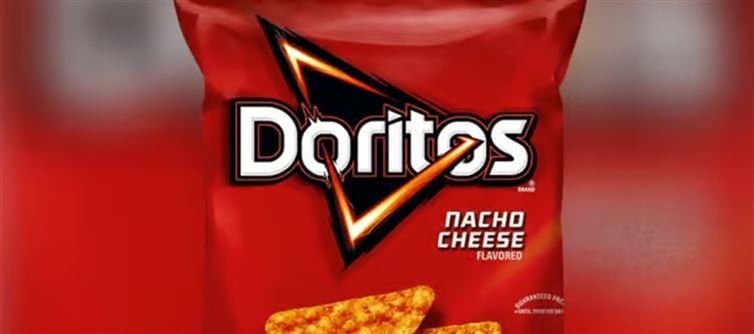
A Baltimore teen was hanging out after football practice when eight armed police cars swarmed him — all because an AI thought his bag of Doritos was a gun. What should’ve been a normal school day turned into a life-or-death standoff. The AI surveillance system — designed to keep kids safe — instead nearly got one killed.
This is what happens when schools hand their trust to algorithms that can’t tell a chip bag from a firearm.
1. The Day AI Called the Cops on a Kid
On October 20, 16-year-old Taki Allen was outside Kenwood High School in Baltimore, joking with friends after football practice.
Then — flashing lights. Sirens. Guns drawn.
“It was like eight cop cars… They started walking toward me with guns, saying, ‘Get on the ground,’” Allen told WBAL-TV.
He was cuffed, searched, and humiliated — only for officers to discover the “gun” was a crumpled bag of Doritos.
2. The Smoking Gun Was… Nacho Cheese
police later showed Allen the AI-generated image that triggered the alert.
The system had mistaken the folded metallic bag in his pocket for a handgun.
“They showed me the picture and said, ‘That looks like a gun.’ I said, ‘No, it’s chips.’”
In that moment, Allen’s biggest fear wasn’t misunderstanding — it was survival.
“I was like, am I gonna die? Are they going to kill me?”
3. Meet the Real Culprit: Omnilert’s AI Surveillance System
The AI behind the chaos wasn’t a rogue experiment — it was Omnilert, a gun-detection system installed across Baltimore County Public Schools.
It scans school security cameras 24/7, flagging anything that might resemble a weapon.
When it thinks it sees one, it immediately alerts police — in real time.
The company later admitted the Doritos incident was a “false positive,” but still bragged that the system “worked as intended.”
Translation: the AI freaked out, the cops freaked out, and somehow that’s called safety.
4. “We’re Sorry You Got Traumatized — But That’s Protocol”
After the incident, the school sent a letter to parents offering counseling — but never apologized to the student.
“They didn’t apologize. They just told me it was protocol,” Allen said.
He hasn’t been contacted by school officials. He’s just scared to go back.
“If I eat another bag of chips or drink something, I feel like they’re going to come again.”
This is what “AI-enhanced safety” looks like: anxiety, humiliation, and trauma for a kid who did nothing wrong.
5. AI Is Failing at Humanity — and Everyone’s Still Buying It
Omnilert says the system’s goal is “rapid human verification.”
But let’s be real — there was nothing human about what happened.
It was automation over intuition. Code over common sense.
And it’s not isolated: the same AI logic that mistook chips for a gun is now helping military officers make decisions, while other systems in the UK are asking tattooed people to “remove their faces” during ID scans.
6. The AI Surveillance Era: Safety theater Meets wallet PLATFORM' target='_blank' title='digital-Latest Updates, Photos, Videos are a click away, CLICK NOW'>digital Paranoia
This isn’t protection — it’s performance.
Schools, governments, and corporations are spending billions on AI surveillance tools that promise safety but deliver chaos.
When an algorithm decides who looks dangerous, every mistake becomes a potential tragedy.
AI doesn’t feel fear. But the people it targets do.
⚠️ FINAL THOUGHT: WHEN AI GETS IT WRONG, HUMANS PAY THE PRICE
A false positive for a machine is a near-death experience for a kid.
AI doesn’t understand context, emotion, or human lives — it just sees pixels and probabilities.
And if that’s what we’re letting run our safety systems, then maybe the real danger in schools isn’t what’s hiding in backpacks… but what’s watching from the cameras.




 click and follow Indiaherald WhatsApp channel
click and follow Indiaherald WhatsApp channel